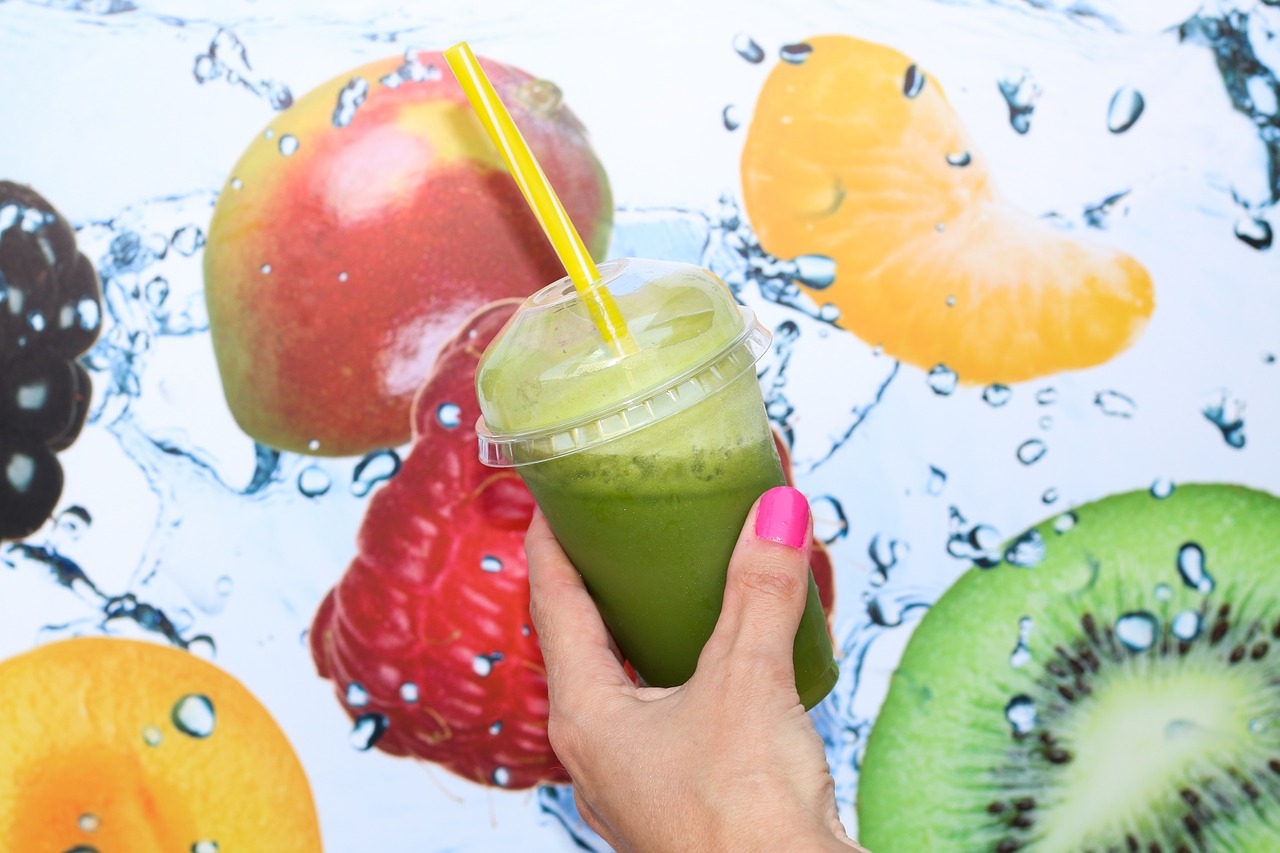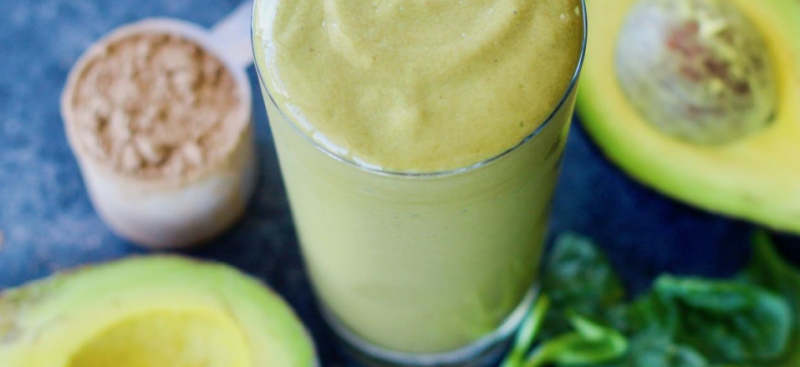
Eating for hydration
During the winter months there is a strong tendency to forget about being well hydrated, it is something we think of more during the hot summer months. This week, I will be looking at the ways we lose fluids as well as some subtle signs and symptoms which can be as a result of chronic dehydration. I will also look at the different foods you can eat to help increase your daily fluid intake.
Most people wake up in the morning and the first thing they drink is a cup of coffee and then they head to work. There are many people out there who are always a little dehydrated but don’t really notice it. They often think that the lack of energy or brain fog they have is due to something else. Some common signs of dehydration are: dry skin, tiredness, lack of energy, light headedness and constipation.
Dehydration is not uncommon in the winter, as we spend most of our time indoors in heated homes, offices and cars. Did you know that in a day we also lose about a cup worth of fluids through breathing, about two cups through sweat (yes even at night!) and we eliminate about six cups of fluid through our urine and feces. To make up for this it is suggested that we drink about 2.5 liters a day for women and for men about 3.5 liters a day, this is due to their larger body mass. Considering that we are made up of about 75 per cent water, it stands to reason that being dehydrated, even a little, will impact how well our body functions.
However, I realize that not everyone enjoys drinking water and that many of the other ‘healthy’ options out there are often loaded with processed sugar or else, some people find they just cannot drink that much water in a day. So, there are other options out there to increase your fluid intake without feeling like a camel. A simple way around this, is to increase your intake of certain fruits and vegetables which have a higher water content. Not only will you reap the benefits of their nutritional value, being full of vitamins and minerals, this will also help to improve your general health and well-being.
So, let’s get to it!
- Spinach (94.5 per cent water), Popeye really was onto something — you can eat it in salads, soups or add it to your morning smoothie. It is full of antioxidants, which help to fight off all those free radicals (those byproducts that the body produces).
- Strawberries (91 per cent) are high in vitamin C, so are great to support the immune system and will give your smoothies that natural sweetness.
- Celery (95.4 per cent water) is a great snack option as you can spread nut butter or cheese (protein) onto it, use it in a dip or make a soup and it can also help with reducing acidity in the body.
- Cucumber (96.7 per cent water) although not amazingly high in vitamin and minerals, still contains potassium which can help improve bone and cardiovascular health.

For those of you who do like water but find it a little bland, you can try adding frozen fruits that you like, as this will give it a little ‘zest’ or you can add some slices of cucumber or lemon and chopped up mint for a more subtle flavour. This chocolate and avocado smoothie is one my favourite smoothies to start the day with and keeps me going until lunch.
Send your nutrition questions to susan@susanalsembach.com
Photo: Pixabay








